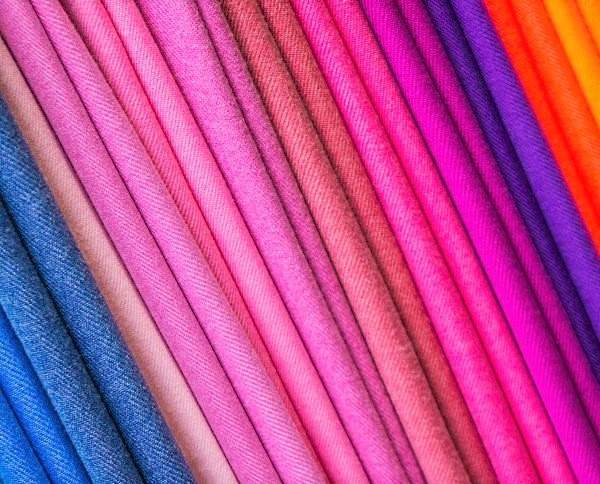
What is Pashmina Made of ? Explained
A Real Pashmina Shawl, known for its luxurious softness and elegance, is made from the finest wool sourced from the underbelly of Changthangi goats, primarily found in the Himalayan regions.
Let’s delve into the composition and production process of Pashmina shawls.
The composition of a Pashmina shawl primarily consists of Pashmina wool, which is obtained from the Changthangi goats. Pashmina fibers are incredibly fine, with a diameter of less than 16 microns, making them among the finest natural fibers available. These ultra-fine fibers give Pashmina shawls their exceptional softness, lightweight feel, and luxurious texture.
The production process of Pashmina shawls involves several meticulous steps carried out by skilled artisans. After collecting the Pashmina wool from the goats, it undergoes a thorough cleaning and sorting process to remove impurities and separate the finest fibers. The selected fibers are then hand-spun using traditional techniques, resulting in delicate yarns that maintain the integrity of the fine fibers.
Once the yarn is ready, it is meticulously woven by skilled weavers using traditional handlooms. The weaving process requires precision and expertise to create the intricate patterns and designs characteristic of Pashmina shawls. The weaving technique used is often a combination of hand-weaving and hand-embroidery, adding further intricacy and beauty to the shawls.
It’s important to note that authentic Pashmina shawls have a high percentage (70-80%) of Pashmina fibers, ensuring the highest quality and luxurious feel. Some Pashmina shawls may also incorporate a small percentage of silk, which adds a subtle sheen and enhances the drape of the fabric. To learn more and become an expert on the material and processes involved in making a real pashmina shawl click on this link.
How is Pashmina Made? Which Country Has the Best Pashmina? What is so Special about Pashmina?
Recent Posts

14 December 2023
Original Handmade Real Pashmina Shawls for Sale
Indulge in the Timeless Luxury of Authentic Handmade Pashmina Shawls –...
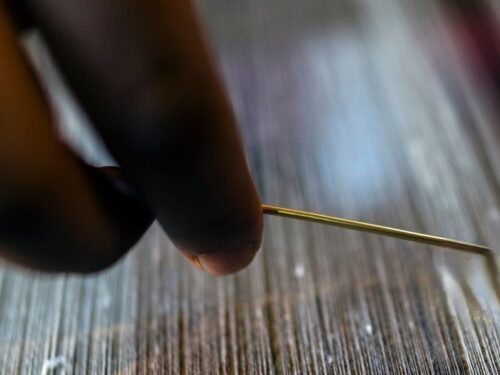
14 December 2023
Real Handmade Pashmina Shawls at Wholesale Price
Introducing the epitome of elegance, the pinnacle of luxury – the...
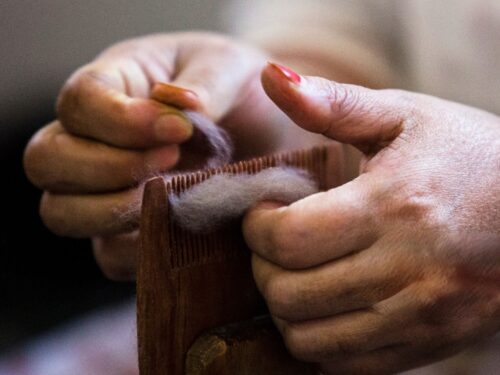
14 December 2023
Quick Tips on How to Care for Pashmina Shawls
Taking proper care of your genuine real pashmina shawl is essential to...
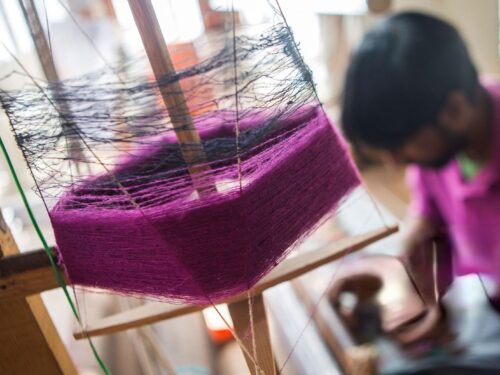
14 December 2023
Authentic Pashmina Shawls Guide for First Time Buyers
Buying a Real Pashmina Shawl for the first time can be an exciting and...
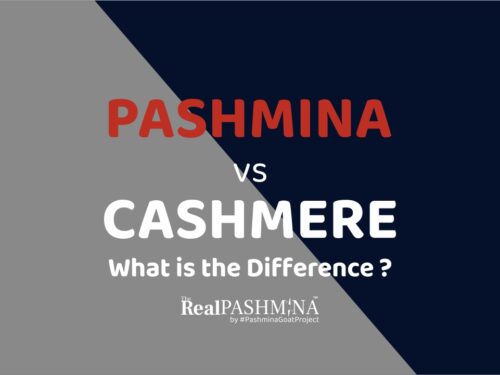
14 December 2023
Pashmina Vs Cashmere. What is the Difference ?
Pashmina Vs Cashmere. What is the Difference ? It was the 15th century when...
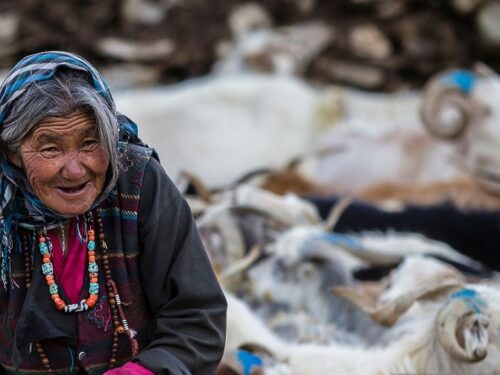
14 December 2023
The Shepherdess of the Real Pashmina Eco-System | The Last Generation in Sight
The Shepherdess of the Pashmina Eco-System This may be the last generation...
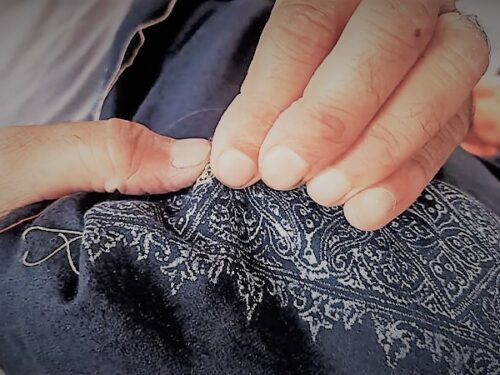
14 December 2023
What are the 7 Real Pashmina Embroideries ?
The 7 Pashmina Embroideries that have constantly created masterpieces on The...
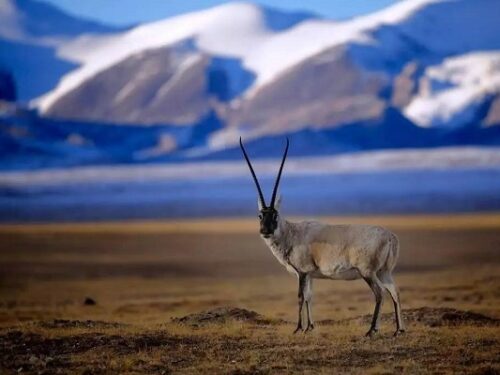
14 December 2023
Why Is SHAHTOOSH Banned?
Shahtoosh comes from the Tibetan Antilope Shahtoosh is a type of wool that...

14 December 2023
Empowering Pashmina Communities Through Your Choices as a Consumer
Empowering Pashmina Communities through Your Choices as a Consumer. As a...

14 December 2023
The Real Pashmina Quick Guide To Sustainable, 100% Handmade Pashmina Shawls
The Real Pashmina Quick Guide (Sustainable, 100% Handmade Pashmina Shawls)...
